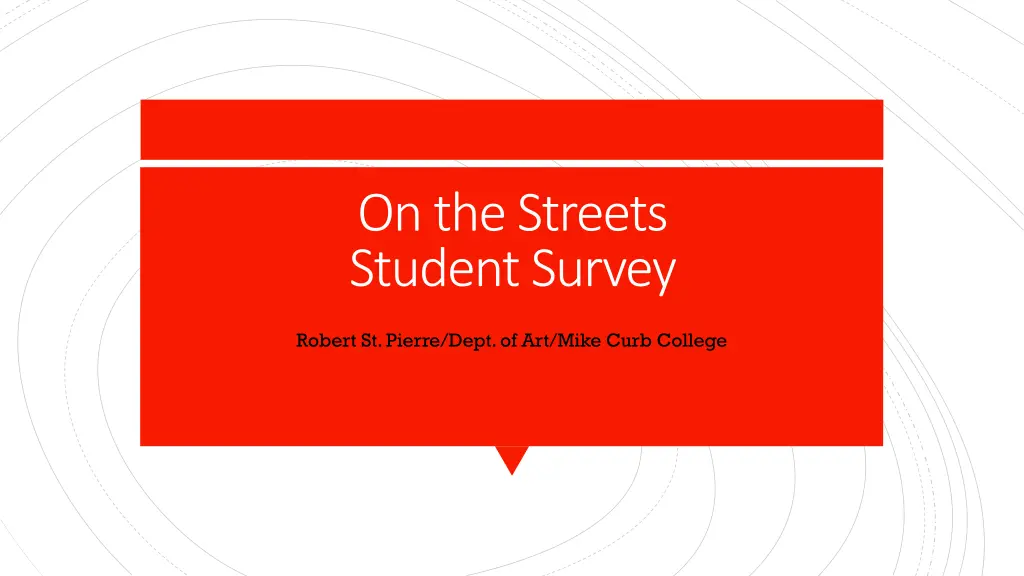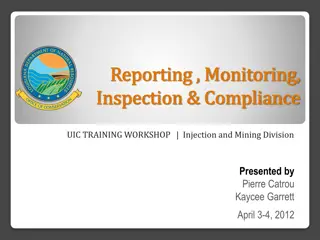
Addressing Student Retention Challenges and Solutions
Discover why first and second-year student retention rates are low and explore obstacles hindering students from completing their degrees. The survey results highlight student preferences, commuting challenges, work obligations, and recommendations for improving class formats and schedules to enhance retention rates. Solutions include offering alternative class options, expanding summer classes, and addressing parking issues to support student success.
Download Presentation

Please find below an Image/Link to download the presentation.
The content on the website is provided AS IS for your information and personal use only. It may not be sold, licensed, or shared on other websites without obtaining consent from the author. If you encounter any issues during the download, it is possible that the publisher has removed the file from their server.
You are allowed to download the files provided on this website for personal or commercial use, subject to the condition that they are used lawfully. All files are the property of their respective owners.
The content on the website is provided AS IS for your information and personal use only. It may not be sold, licensed, or shared on other websites without obtaining consent from the author.
E N D
Presentation Transcript
On the Streets Student Survey Robert St. Pierre/Dept. of Art/Mike Curb College
Why are student retention rates so low, especially among first and second year cohorts? What specific obstacles might be preventing freshman and sophomore students from returning or completing their bachelorette degree? Guiding Questions
Our polling verified the challenges many of our students encounter. The survey questions were designed to solicit specific information regarding student schedules, class format preferences, commuting and to get a better understanding of our student work obligations. Overview of Data The data harvested from this survey illustrates obstacles that many of our student s experience much of which may be contributing factors in lower retention rates. It also provides us with information we can use to create effective solutions to help offset the barriers that otherwise prevent student advancement.
68-81.7% of students polled indicated a preference for mid week courses with Tuesday and Wednesday classes as their preferred choices. Overwhelmingly, student s prefer morning and afternoon classes, with only an 11.8% interest in taking night classes. The majority of our students expressed an interest in summer and hybrid classes with the largest percentage of our students, 50.3%, indicating an interest in online class formats. Findings 41.2% of our students polled are in favor of compressed schedule options in order to help ensure they attain their graduation goals. 67.3% of our student population commutes to CSUN with 51% of them driving to campus. Of those 59.5% find their parking experiences ranging from an inconvenient, to frustrating and discouraging experience. 74.5% of CSUN students work outside school. 38.6% work part time jobs, 21% work from 20 to over 40 hours per week.
Increasing alternative class options, including hybrid and online classes, can help address both student needs while alleviating any brick and mortar classroom challenges. Expanding summer classes would help address student interest through offering more compressed schedule options while providing a more efficient use of campus classrooms. Parking remains an expensive, inconvenient and discouraging experience for a disproportionately high percentage of our student commuters. Re-examining parking options, increased shuttle services and introducing simple, technological solutions in our campus parking lots may help mitigate many student frustrations. Concluding thoughts The data presented to the colleges will provide the departments with an opportunity review their own class offerings with respect to format and scheduling options.




















